Jicama (pronounced hee-cama) is a round and bulbous root vegetable native to Mexico, as well as Central and South America. The plant, also called yam bean, is a tropical legume that grows aggressively on vines that can reach up to several feet in diameter. Thanks to the colonial trade, this plant has spread all over the world, influencing cuisines of Asian countries such as the Philippines, China, Japan, India and Vietnam.
The texture of jicama’s root is likened to a potato, and is firm as a pear, but the taste is sweet and starchy, similar to an apple. However, unlike the aforementioned fruits, everything about jicama except the taproot is unsafe for consumption due to a dangerous toxin. That means the skin, leaves, stems, pods and seeds should be discarded properly before cooking.
When scouting out jicama at the supermarket, look for firm, round tubers with very healthy skins, as damage can indicate low-quality harvest. Make sure the skin is hard. Store your jicamas in a cool, dry place between 12.5 to 15 degrees Celsius — any colder than that and the quality will suffer. It’s possible to store jicamas in the refrigerator, but they must be free from moisture. To prepare the vegetables for cooking, wash them thoroughly to remove stringy roots, and peel off the outer brown skin.
Chopped, cubed, sliced into fine sticks, raw or cooked, jicama is versatile and great in stir-fries, salads, slaw, soup and with other veggies and fruits like oranges, apples, carrots and onions, as well as meats and seafood. A favorite Mexican recipe is chilled jicama slices sprinkled with chili powder, salt and lime juice.
Growing Jicama in Your Home
If you wish to grow your own jicama, make sure that your soil has a pH level above 7. Soak the seeds for about 24 hours before planting them in a sunny area. Warm temperatures are essential for high-quality harvests.
Since jicama grows on a vine, you need to plant a stake to support it as it grows. Secure the jicama vine to the stake with twine or garden tape, but keep it loose to prevent damage. Keep the soil medium-moist to encourage proper growth. Harvest the tubers during the first frost during fall. Ideally, your jicamas should be 3 to 6 inches in diameter.
Health Benefits of Jicama
Jicama is low in calories but high in a few vital nutrients. It’s also rich in inulin, a unique soluble fiber. Several studies have shown that inulin can help promote healthy gut flora by serving as healthy fuel for growth. Inulin may also promote bone health as research has found that it can increase mineral absorption.
Jicama contains potent levels of vitamin C, a potent antioxidant that can help fight free radicals throughout your body. Other studies have shown that vitamin C may help boost the immune system by stimulating the production of the cells that protect your body from microbes.
You’ll also find plenty of potassium in jicama. Research has shown that increased consumption of this mineral may help lower your risk of stroke and other cardiovascular diseases. The elderly may greatly benefit from potassium as well, as it has been shown to help preserve muscle mass.
While healthy in various aspects, note that a single cup of jicama contains a high amount of carbohydrates. I recommend controlling your portions when eating this vegetable to lower your risk of consuming too much sugar. This table provides a good overview of what you’re getting in a single cup of jicama:
| Jicama Nutrition Facts
Serving Size: 3.5 ounces (100 grams), raw |
||
| Amt. Per Serving |
% Daily Value* |
|
| Calories | 38 | |
| Calories from Fat | 1 | |
| Total Fat | 0 g | 0% |
| Saturated Fat | 0 g | 0% |
| Trans Fat | ||
| Cholesterol | 0 mg | 0% |
| Sodium | 4 mg | 0% |
| Total Carbohydrates | 9 g | 3% |
| Dietary Fiber | 5 g | 20% |
| Sugar | 2 g | |
| Protein | 1 g | |
| Vitamin A0% | Vitamin C | 34% |
| Calcium1% | Iron | 3% |
*Percent Daily Values are based on a 2,000 calorie diet. Your daily values may be higher or lower depending on your calorie needs.
Studies on Jicama
A 2005 study published in the British Journal of Nutrition showed that foods containing inulin, such as jicama, may help the risk of colon cancer in several ways, which include reducing exposure as well as the toxic impact of carcinogens in the gut, and inhibiting the growth and spread of colon cancer to other areas of the body. Scientists concluded that inulin-type fructans may reduce colorectal cancer incidence when given during early stages of cancer development.
Jicama Fun Facts
As mentioned earlier, most parts of the jicama are toxic due to its rotenone content. According to the National Center for Biotechnology Information, rotenone inhibits the transport of mitochondrial electrons around your body. It is so potent that it is used as a broad-spectrum insecticide, piscicide and pesticide. Consumption has also been linked to the development of Parkinson’s disease. Therefore, it’s important to, only eat the flesh to protect your health.
Summary
Jicama isn’t particularly well-known in American culture and cuisine. But like other real, healthy foods, jicama is a highly versatile ingredient: it can be sliced and baked, julienned in salads, chopped in stir-fries and soups and mixed with other veggies and fruits to emphasize its sweetness or starchy texture. Just remember to eat only the root, since the other parts may be toxic.
If you haven’t experienced jicama in your dining repertoire, you have everything to gain — and if you’re actually hoping to shed some excess pounds, this might be your new favorite.

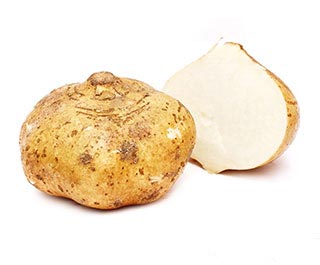
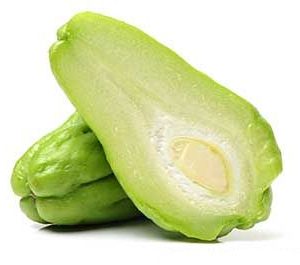

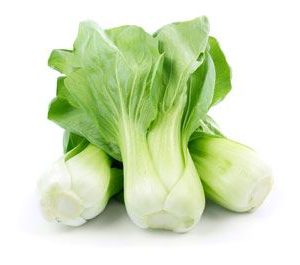
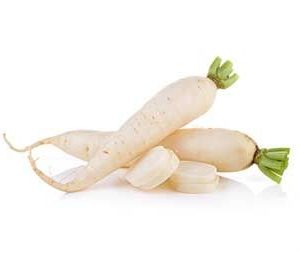
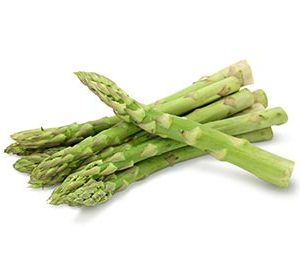
Reviews
There are no reviews yet.